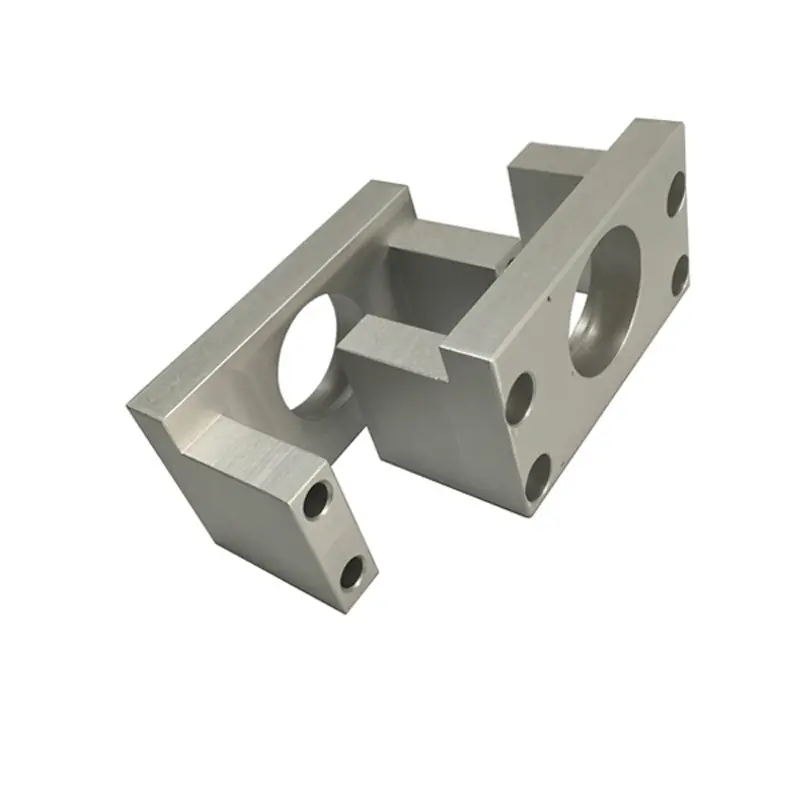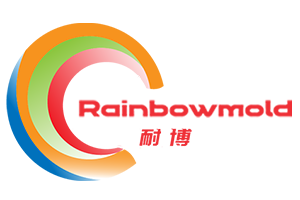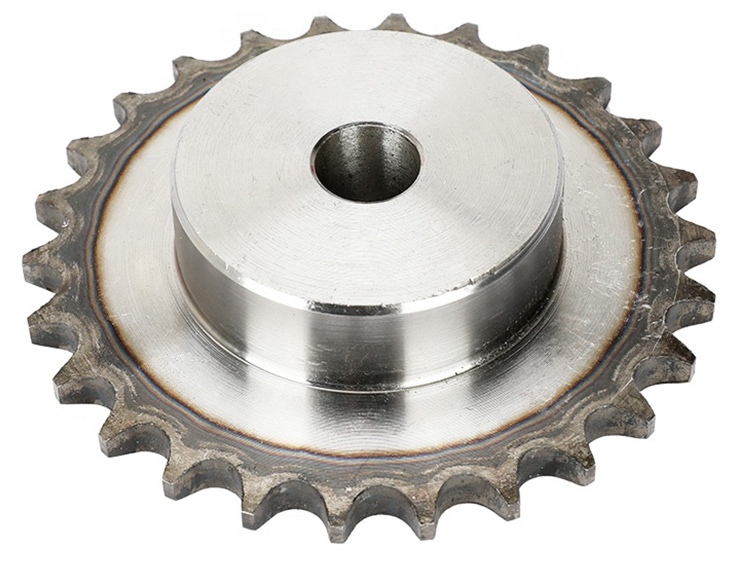
What are the Advantages and Disadvantages of CNC Machining?
Advantages and disadvantages of CNC machining
CNC machining has the following advantages:
① A significant reduction in the number of tooling is required to process parts with complex shapes without the need for complex tooling. If you want to change the shape and size of a part, you only need to modify the part processing program, which is suitable for new product development and modification.
② Stable processing quality, high processing accuracy, high repeatability, suitable for the processing requirements of aircraft.
③ In the case of multi variety and small batch production, the production efficiency is higher, which can reduce the time for production preparation, machine tool adjustment, and process inspection, and also reduce cutting time due to the use of cutting quantity.
④ It can process complex surfaces that are difficult to process using conventional methods, and even some unobservable machining parts.
The disadvantage of CNC machining is that the cost of machine tools is expensive, requiring maintenance personnel to have a high level of expertise.
Determination of CNC machining route
The feed processing route of a CNC lathe refers to the path taken by the cutting tool from the tool setting point (or the fixed origin of the machine tool) until it returns to that point and ends the processing program, including the cutting path and non cutting empty travel paths such as tool entry and exit.
The feed path of precision machining is basically carried out in sequence along the contour of its parts, therefore, the focus of determining the feed path is to determine the feed path of rough machining and empty stroke.
In CNC lathe machining, the determination of the machining route generally follows the following principles.
① It should be able to ensure the accuracy and surface roughness of the processed workpiece.
② Shorten the processing route, reduce idle travel time, and improve processing efficiency.
③ Try to simplify the workload of numerical calculations and simplify the machining program as much as possible.
④ For some reusable programs, subroutines should be used.
CNC machining
Numerical control machining refers to the processing carried out using numerical control machining tools. CNC index controlled machine tools are programmed and controlled using CNC machining language, usually G code. The G code language for CNC machining tells the CNC machine tool what Cartesian position coordinates to use for the machining tool, and controls the feed rate and spindle speed of the tool, as well as functions such as tool converters and coolants. CNC machining has significant advantages over manual machining, such as producing parts with high precision and repeatability; Numerical control machining can produce parts with complex shapes that cannot be completed by manual machining. Numerical control machining technology has been widely promoted, and most machining workshops have numerical control machining capabilities. The common numerical control machining methods in typical machining workshops include numerical control milling, numerical control turning, and numerical control EDM wire cutting (electrical discharge wire cutting).









